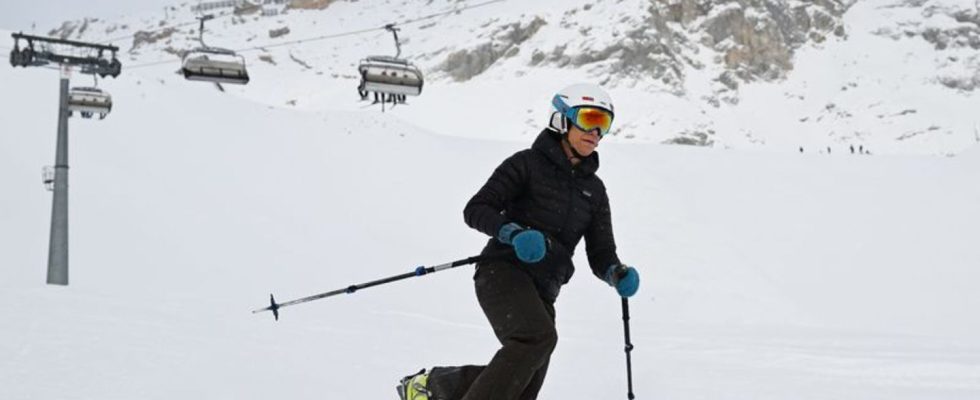climate
Snow on the decline – impact on ski areas
Is the natural snow cover disappearing completely? According to a study, the decline is particularly pronounced at lower altitudes. photo
© Angelika Warmuth/dpa
Climate change is already having a major impact on winter sports. Researchers at the University of Bayreuth are now describing a scenario of what it could look like in major ski areas around the world in the future.
At the end of the century there could be one in eight In ski areas the natural snow cover disappears completely. “Climate change is significantly changing the patterns of natural snowfall, which has strong but different consequences for ski resorts worldwide,” said Veronika Mitterwallner, a researcher at the University of Bayreuth in the Chair of Sports Ecology. She is responsible for a study of snow cover in seven large mountain regions where winter sports are practiced. It was published in the specialist magazine “PLOS ONE”.
“In all major ski regions, a substantial decrease in the number of days with natural snow cover is expected under each emission scenario evaluated,” Mitterwallner continued. According to the analysis, the decline is particularly severe at lower altitudes.
Ski tourism is moving to higher altitudes
The expected result: Ski tourism is moving further to higher altitudes – with serious effects on alpine plants and animals. Ski lift operators could resort to artificial snowmaking, but the economic profitability of many ski resorts worldwide would still decline, the study says.
Since the areas that can still be used in the future are likely to be further away from heavily populated areas, new infrastructure and further interventions in nature are needed. High mountain species that are already endangered could be particularly affected.
European Alps – largest global ski market
Mitterwallner and the other researchers examined the effects of climate change on annual natural snow cover in seven ski-heavy areas – the Alps in Europe, the Andes, the Appalachians, the Australian Alps, the Japanese Alps, the New Zealand Alps and the Rocky Mountains. The European Alps, the largest global ski market, accounted for 69 percent of the regions examined.
Accordingly, 13 percent of ski areas could have completely lost their natural snow cover by the end of the century, assuming a high emissions scenario. In this case, 20 percent will have less than half as many days with closed snow cover by the end of the century compared to the historical baseline.

